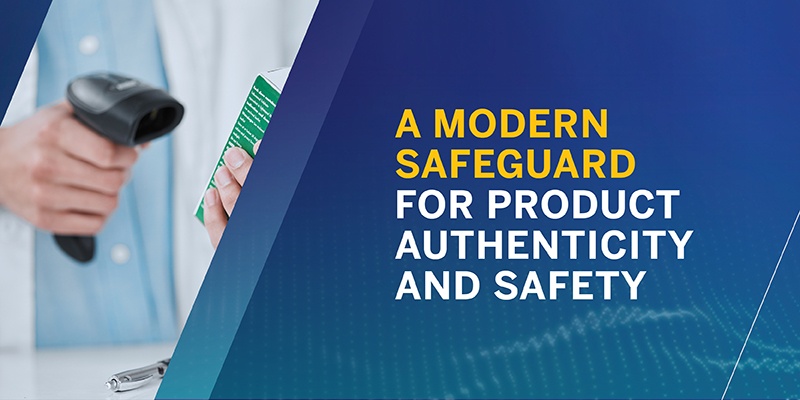
As the pharmaceutical industry continues to evolve under the Drug Supply Chain Security Act (DSCSA), one practice is rapidly gaining traction as a new standard: decommissioning serial numbers. While not explicitly mandated by the DSCSA, this process—carried out either by manufacturers themselves or through a qualified DSCSA solution provider—is becoming indispensable. It serves as a vital mechanism for protecting product integrity, preventing fraud, and enabling greater traceability throughout the supply chain.
This shift comes at a critical time. The industry has now moved beyond the 2023 DSCSA stabilization period, and manufacturers are expected to operate within fully serialized, interoperable systems. Within this framework, decommissioning plays a supporting role by formally documenting, through standardized data, that a product has exited the supply chain—most often because it has been returned and is slated for destruction. Without this verification step, unused but valid serial numbers could be exploited by bad actors, increasing the risk that counterfeit or expired products could re-enter the legitimate marketplace.
That risk is far from hypothetical. The World Health Organization reports that one in ten medical products in low- and middle-income countries is either substandard or falsified, and even within the U.S., counterfeit-related drug recalls are not uncommon. In this context, decommissioning becomes a powerful deterrent. By retiring a product’s serial number, it effectively erases that product’s identity from the supply chain, making fraudulent reuse significantly more difficult.
What elevates decommissioning above simpler methods of product tracking is the level of detail and standardization it provides. Unlike basic serial number lists, decommissioning relies on GS1’s EPCIS (Electronic Product Code Information Services) data format. This includes not only the serial number and Global Trade Item Number (GTIN), but also detailed location identifiers such as GLN and SGLN, as well as timestamps and facility-level information. These data elements work together to create robust, verifiable audit trails that support regulatory inspections, reinforce brand protection, and offer full transparency into a product’s journey—and eventual exit—from the supply chain.
To meet these rising expectations, manufacturers have flexible options. Those with the necessary infrastructure may handle decommissioning internally, while others can partner with a DSCSA solution provider or reverse distributor. For example, Inmar offers an automated decommissioning solution that seamlessly supports operations across facilities. It integrates with provider systems and delivers secure, daily EPCIS event feeds via secure, automated file exchange connections. This allows manufacturers to maintain control while streamlining compliance and data exchange.
The case for taking action now is strong. Beyond reducing the risk of counterfeit or diverted products, decommissioning enhances DSCSA compliance, boosts audit readiness, and improves visibility into product disposition. It also strengthens essential processes such as recalls, returns, and inventory reconciliation—making the entire supply chain more responsive and secure.
Getting started requires a few key steps. Manufacturers must decide whether to manage the process internally or through a trusted partner. Next, they must ensure their systems can capture and transmit EPCIS-formatted data. Finally, coordination with reverse distribution partners is essential to test and launch the decommissioning process effectively.
In today’s post-DSCSA environment, decommissioning is more than a technical upgrade—it is a strategic imperative. By retiring serial numbers when products exit the supply chain, manufacturers close the loop with confidence, ensuring that each product’s departure is documented, verified, and secure. This proactive approach not only protects the integrity of the pharmaceutical supply chain but also upholds the safety of the patients it serves.
